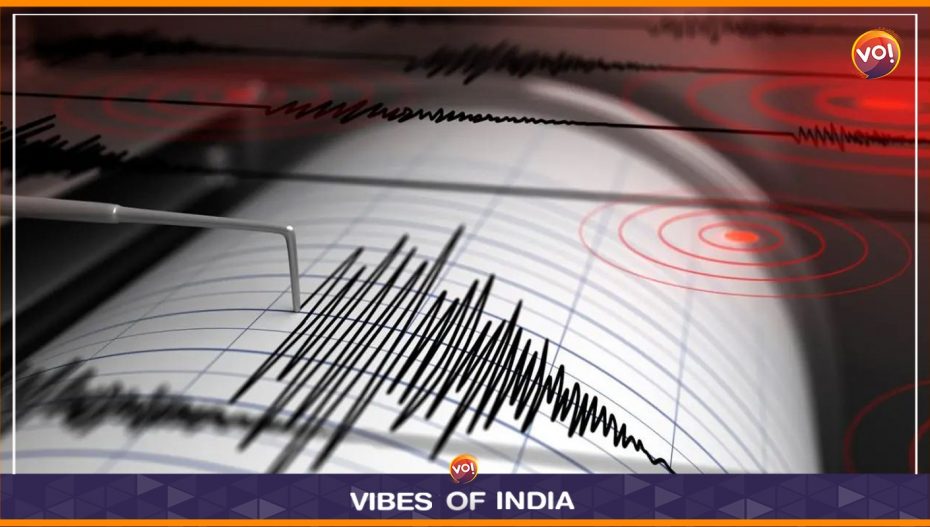Almost the entire northern India on Tuesday night felt strong tremors of an earthquake that occurred in northeastern Afghanistan, about 1,000 km north of New Delhi. The US Geological Survey (USGS) measured the earthquake to be 6.5 in magnitude and located about 300 km northwest of Kabul, towards the border with Tajikistan.
Northeastern Afghanistan, where the Hindu Kush ranges are located, is an earthquake-prone area, which routinely experiences quakes of magnitude more than 6. Four of these were recorded last year. Depending on how deep below the Earth’s surface they originate, the shocks from some of these are felt in northern parts of India as well.
Tuesday night’s earthquake originated 187 km below the surface, according to USGS. The Hindu Kush region usually experiences deep earthquakes, originating at a depth of 100 km or below. Deep earthquakes, if sufficiently strong, are felt over large geographical areas, because in travelling radially upwards to the earth’s surface, they spread over great distances. The terrain in Afghanistan extending into northern India has lots of solid rocks which are conducive to wave propagation.
However, precisely because they have to traverse long distances, deep earthquakes are also generally weaker, losing a substantial part of their energy during the travel. So even though the tremors continued for 15-20 seconds in Delhi and adjoining areas, they are unlikely to have caused much damage.
In fact, this is not the first time that northern India has been shaken prominently by earthquakes in Afghanistan. In 2015, about six months after the powerful Nepal earthquake, a 7.5-magnitude quake in roughly the same area in Afghanistan had rattled most of north India. It was a similar story in January 2018 as well. In all these instances, the earthquakes had originated more than 150 km below the surface.
In contrast, a 6.9 magnitude earthquake in southern Tajikistan, a couple of hundred km north from the location of Tuesday’s quake, last month was not felt anywhere in India because it was very shallow, originating just 11 km below the surface.
The Hindu Kush region in Afghanistan experiences unique tectonic forces and is a site of frequent earthquakes. On one side it feels the forces of the Indian tectonic plate getting under the Himalayas, a phenomenon that is occurring throughout the Himalayan ranges. From the other side, the Eurasian plate is subducting into the Pamir Knot.
Deep earthquakes also are more unlikely to be followed by aftershocks. No aftershocks were reported from Afghanistan on Tuesday. In contrast, the 7.8 earthquake in Turkey last month was followed by nearly a hundred big and small aftershocks.
Also Read: Assam Assembly Blacklists BBC Docu, Opposition Protests Waste Of House Time












